Jingsong Li
Generating Synthetic Mixed-type Longitudinal Electronic Health Records for Artificial Intelligent Applications
Dec 22, 2021



Abstract:The recent availability of electronic health records (EHRs) have provided enormous opportunities to develop artificial intelligence (AI) algorithms. However, patient privacy has become a major concern that limits data sharing across hospital settings and subsequently hinders the advances in AI. \textit{Synthetic data}, which benefits from the development and proliferation of generative models, has served as a promising substitute for real patient EHR data. However, the current generative models are limited as they only generate \textit{single type} of clinical data, i.e., either continuous-valued or discrete-valued. In this paper, we propose a generative adversarial network (GAN) entitled EHR-M-GAN which synthesizes \textit{mixed-type} timeseries EHR data. EHR-M-GAN is capable of capturing the multidimensional, heterogeneous, and correlated temporal dynamics in patient trajectories. We have validated EHR-M-GAN on three publicly-available intensive care unit databases with records from a total of 141,488 unique patients, and performed privacy risk evaluation of the proposed model. EHR-M-GAN has demonstrated its superiority in performance over state-of-the-art benchmarks for synthesizing clinical timeseries with high fidelity. Notably, prediction models for outcomes of intensive care performed significantly better when training data was augmented with the addition of EHR-M-GAN-generated timeseries. EHR-M-GAN may have use in developing AI algorithms in resource-limited settings, lowering the barrier for data acquisition while preserving patient privacy.
Multi-phase Liver Tumor Segmentation with Spatial Aggregation and Uncertain Region Inpainting
Aug 05, 2021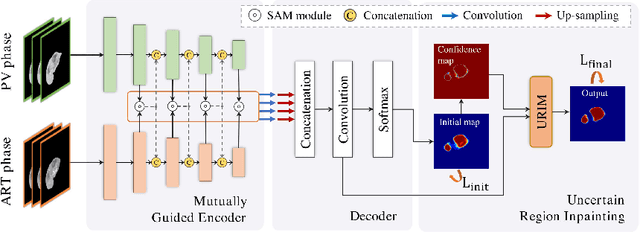
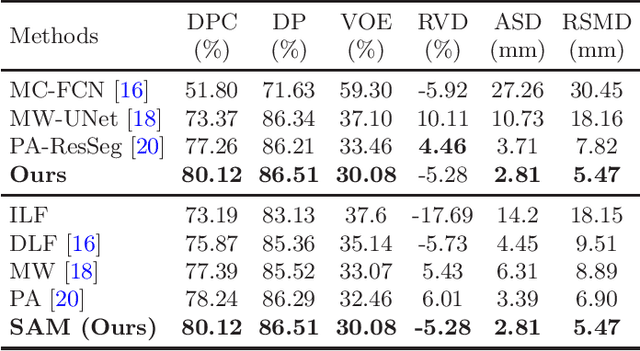
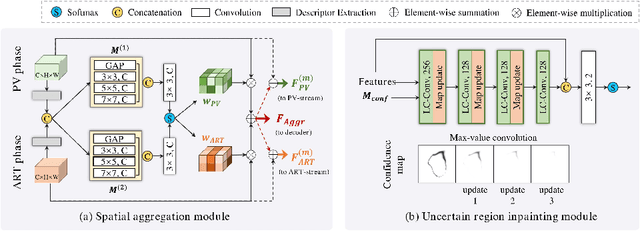

Abstract:Multi-phase computed tomography (CT) images provide crucial complementary information for accurate liver tumor segmentation (LiTS). State-of-the-art multi-phase LiTS methods usually fused cross-phase features through phase-weighted summation or channel-attention based concatenation. However, these methods ignored the spatial (pixel-wise) relationships between different phases, hence leading to insufficient feature integration. In addition, the performance of existing methods remains subject to the uncertainty in segmentation, which is particularly acute in tumor boundary regions. In this work, we propose a novel LiTS method to adequately aggregate multi-phase information and refine uncertain region segmentation. To this end, we introduce a spatial aggregation module (SAM), which encourages per-pixel interactions between different phases, to make full use of cross-phase information. Moreover, we devise an uncertain region inpainting module (URIM) to refine uncertain pixels using neighboring discriminative features. Experiments on an in-house multi-phase CT dataset of focal liver lesions (MPCT-FLLs) demonstrate that our method achieves promising liver tumor segmentation and outperforms state-of-the-arts.
Interactive Deep Refinement Network for Medical Image Segmentation
Jun 27, 2020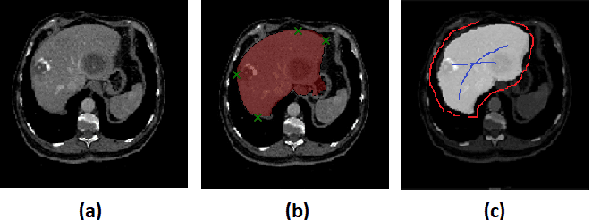
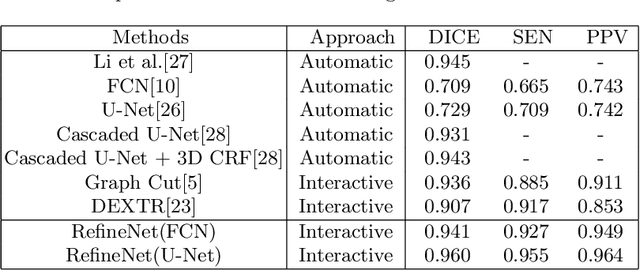
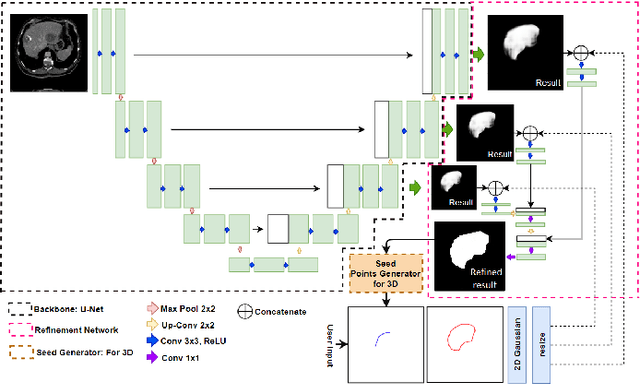

Abstract:Deep learning techniques have successfully been employed in numerous computer vision tasks including image segmentation. The techniques have also been applied to medical image segmentation, one of the most critical tasks in computer-aided diagnosis. Compared with natural images, the medical image is a gray-scale image with low-contrast (even with some invisible parts). Because some organs have similar intensity and texture with neighboring organs, there is usually a need to refine automatic segmentation results. In this paper, we propose an interactive deep refinement framework to improve the traditional semantic segmentation networks such as U-Net and fully convolutional network. In the proposed framework, we added a refinement network to traditional segmentation network to refine the segmentation results.Experimental results with public dataset revealed that the proposed method could achieve higher accuracy than other state-of-the-art methods.
 Add to Chrome
Add to Chrome Add to Firefox
Add to Firefox Add to Edge
Add to Edge